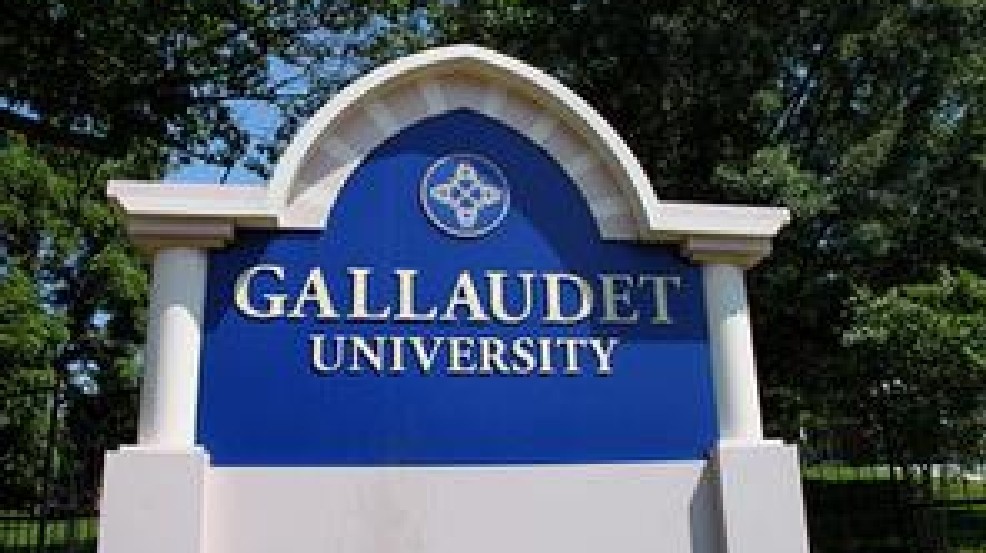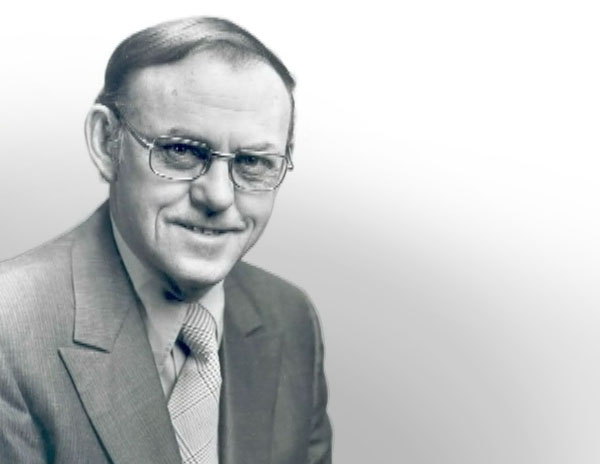Learning Center
-
Teacher Survey of Captioned Media
Research for school use of captioned media from 1993-1996
From Gallaudet University about -
Zero to Six: Electronic Media in the Lives of Infants, Toddlers and Preschoolers
This study has documented a potentially revolutionary phenomenon in American society: the immersion of our very youngest children, from a few months to a few years old, in a world of electronic and interactive media. The impact on the very youngest children, who are at such a critical developmental age, is unknown. Significant findings addressed include: (1) children six and under spend an average of two hours a day with screen media, mostly TV and videos, (2) a high proportion of very young children are using new digital media, including 50 percent of four- to six-year-olds who have played video games and 70 percent who have used computers, (3) many parents see media as an important educational tool, beneficial to their children's intellectual development, and (4) parents clearly perceive that their children's TV watching has a direct effect on their behavior, and are more likely to see positive rather than negative behaviors being copied. A Kaiser Family Foundation Report (2003) by Victoria J. Rideout,...Read More
From Kaiser Family Foundation about















